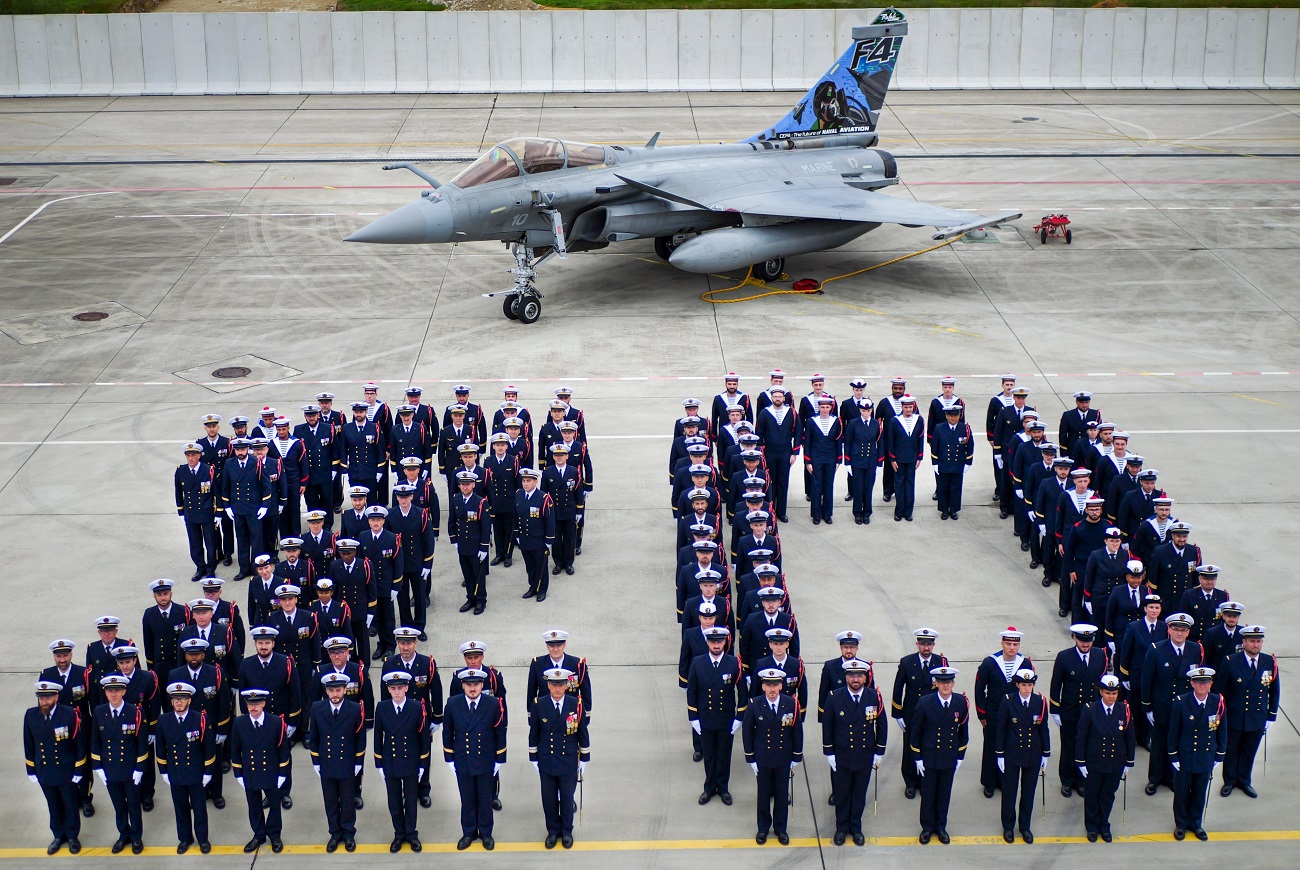The French Navy (Marine Nationale) is celebrating a significant milestone in naval aviation: two decades of operational service by the Dassault Rafale M carrier-based multirole fighter. Since its introduction, the Rafale M has become a cornerstone of French naval air power, showcasing technological innovation, combat versatility, and operational resilience. This advanced multi-role fighter has transformed the French Navy’s capabilities, allowing it to project power across multiple domains, from air superiority and reconnaissance to ground support and anti-ship missions. France’s commitment to maintaining a capable and modern naval air arm is embodied in this aircraft, and its contributions over the past two decades have been instrumental in maintaining the French Navy’s position as a leading naval force. With 42 Rafale M fighters currently in service across Flottille 11F, 12F, and 17F at Naval Air Base Landivisiau, the Rafale M will continue to serve as the backbone of French naval aviation for years to come. As global security challenges evolve, the Rafale M stands ready to meet them, continuing its legacy of excellence in the service of France and its allies.
The journey began in December 2000 when the French Naval Aviation (Aéronavale) received its first two Rafale M aircraft. These highly anticipated fighters marked the start of a new chapter for the French Navy, replacing the aging F-8E(FN) Crusader. On May 18, 2001, Flottille 12F, previously flying the Crusader, was re-activated, becoming the first squadron to operate the Rafale M. This event signaled the beginning of the French Navy’s adoption of a modern fighter platform capable of multi-role missions, a necessity in the evolving post-Cold War security environment. In 2002, just a year after its introduction, the Rafale M was deployed aboard the aircraft carrier Charles de Gaulle for its first combat mission. Seven Rafale M fighters took part in “Mission Héraclès,” the French contribution to Operation Enduring Freedom in Afghanistan. This deployment demonstrated the aircraft’s combat readiness and ability to operate in hostile environments, marking a successful debut in real-world operations. The Rafale M was officially declared operational in June 2004, further solidifying its role in the French Navy’s arsenal.

Since its initial deployment, the Rafale M has been at the forefront of numerous combat missions across the globe. In 2011, during NATO’s intervention in Libya, the Rafale M played a crucial role in Operation Unified Protector, delivering precision strikes against strategic targets. Its versatility was on display again in 2016 when it was used to strike Daesh (ISIS) targets during French operations in Iraq and Syria. The Rafale M has also demonstrated remarkable interoperability with allied forces, most notably the US Navy. The Rafale M is the only non-US fighter cleared to operate from the decks of US aircraft carriers. This was demonstrated during the 2008 exercise when six Rafale Ms from Flottille 12F participated in an interoperability exercise aboard the USS Theodore Roosevelt. The culmination of this close collaboration was seen again in 2018 during Operation Chesapeake, where 12 Rafale Ms from Flottilles 11F, 12F, and 17F conducted a month of shore-based training at Naval Air Station Oceana before embarking on the USS George H.W. Bush for two weeks of carrier qualification. The operation underscored the Rafale M’s ability to integrate seamlessly into NATO carrier strike group operations.
The Rafale M’s capabilities are a testament to France’s defense industrial base. Unlike other European fighters, the Rafale is almost entirely domestically built, involving France’s leading defense contractors such as Dassault Aviation, Thales, and Safran. The aircraft incorporates state-of-the-art technologies that enhance its operational flexibility and survivability in modern combat environments. Among its standout features are the RBE2 AA active electronically scanned array (AESA) radar, which provides superior detection and tracking capabilities, and the Optronique Secteur Frontal (OSF) infra-red search and track (IRST) sensor, which allows passive target detection. Additionally, its direct voice input system enables pilots to control various systems hands-free, improving situational awareness. The Rafale M differs from its land-based counterparts, the Rafale C and B, in several critical ways. It is specifically designed for carrier-based operations, featuring a reinforced airframe to withstand the stresses of catapult launches and arrested landings. Its landing gear has been modified, with a longer nose gear leg to enable a higher angle of attack during takeoff, and a larger tailhook for arresting cable landings.












